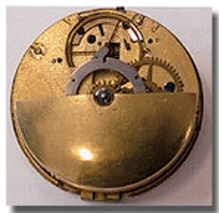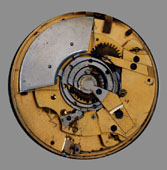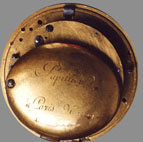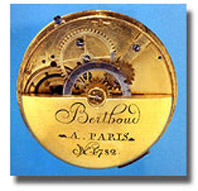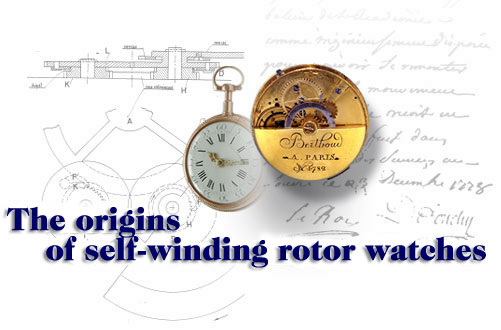
|
updated |
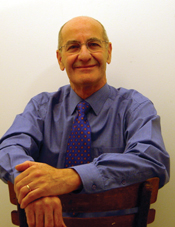 |
|
| who
will open file ABRAHAM LOUIS PERRELET ? |
||
|
The
origins of self-winding rotor watches However, all contrary views could and should be made known; this is how history is revised. |
||
|
|
Who will say I am wrong? |
|
|
The
type of movement shown left is the one that in 1952 was attributed
to Abraham-Louis Perrelet by Alfred Chapuis and Eugène Jaquet
and, since then, this is the view that history has taken so, should
it be revised?
It is with great conviction,together with the analysis of a document dated 1778 lodged with the Academy of Sciences in Paris and signed by Le Roy and De Fouchy, that I attribute this system called a rotor system to Hubert Sarton. To prove me wrong would also increase historical knowledge! flores.joseph@libertysurf.fr |
||
|
|
However,
there is one thing that statisticians can never measure and that
is the human factors whether, financial practical or other, that
are the fallout from the invention of a mechanism that has been
applied for dozens or even hundreds of years, to every watch manufactured
anywhere in the world. A system that has enabled an incalculable
number of people to find work and has generated profits in the order
of tens of millions of euros. |
| LINKS |
|
The
translator would welcome any corrections or suggestion |
To
buy Perpétuelles à roue de rencontre |







